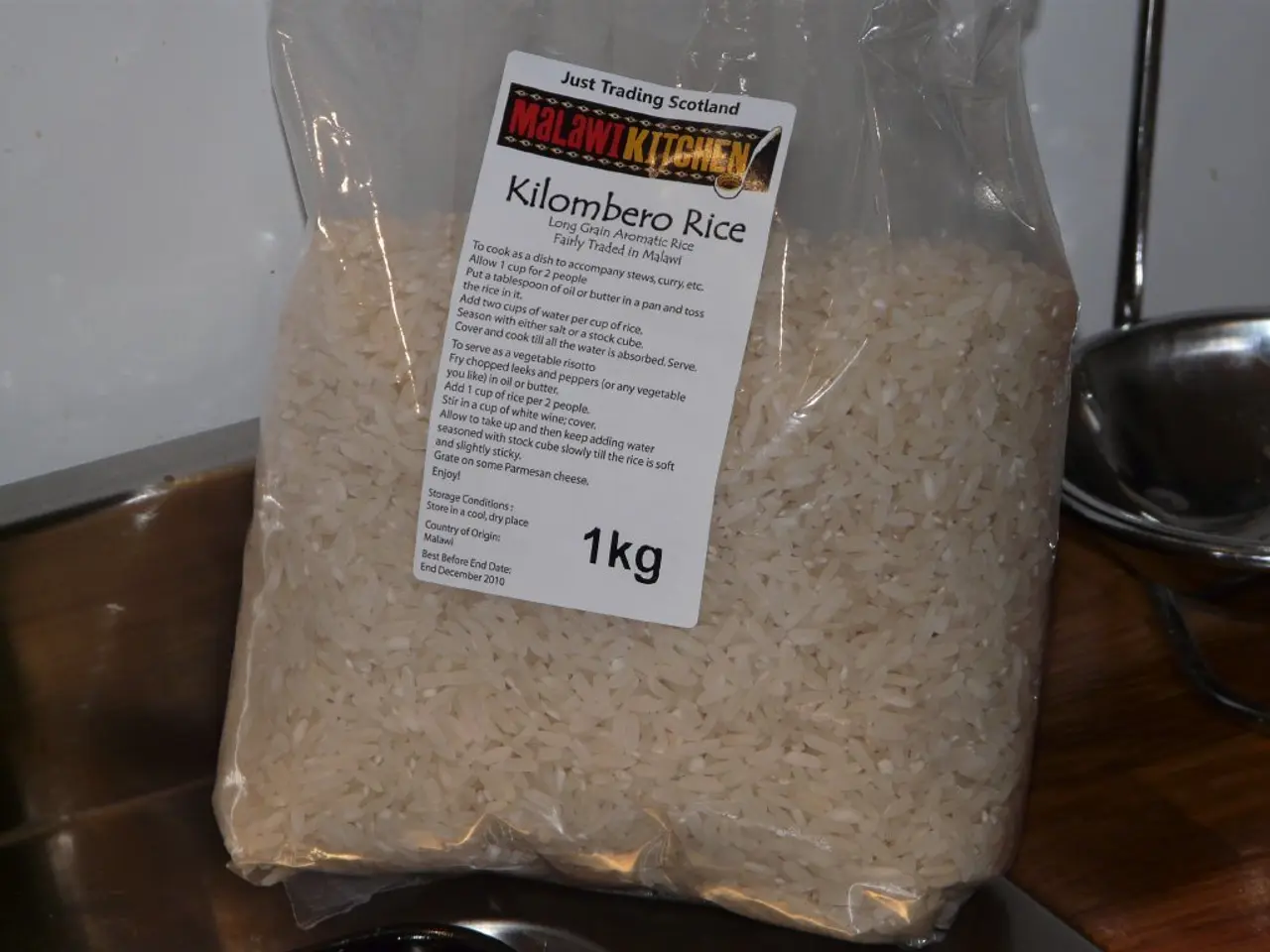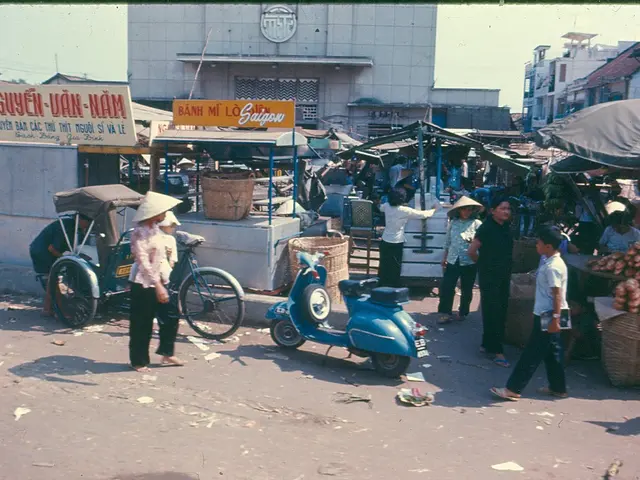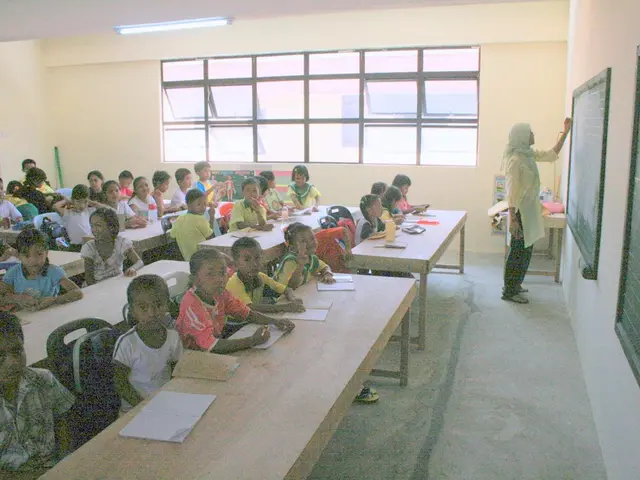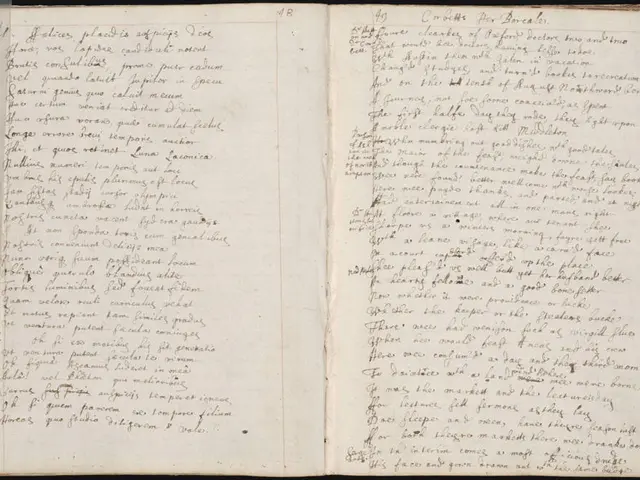Transforming Rice Straw: A Pollution Solution and Sustainability Boon
Rice straw, a significant agricultural waste, is being explored for its potential in reducing pollution and promoting sustainability. The Central Sector Scheme for Crop Residue Management and the 3N Competence Center are leading initiatives to educate farmers and promote innovative uses for this resource.
Rice cultivation, while vital for food security, contributes to air pollution due to the burning of rice straw. However, this waste can be repurposed. The Crop Residue Management scheme has enhanced access to tools and raised awareness about in-situ management practices such as straw incorporation and mulching, which enrich soil with organic matter and reduce the need for chemical fertilizers.
The 3N Competence Center, in collaboration with the Ministry of Agriculture, is organizing workshops to market local solutions for utilizing reed raw materials. These workshops aim to educate farmers about the benefits of using rice straw for pulping and packaging products, which can replace single-use plastics.
Moreover, co-firing biomass in thermal power plants is a cost-effective solution for using rice straw as a sustainable energy source. Approximately one-third of the rice straw biomass, around 13 million tonnes per year, requires ex-situ management. Biomass collection and aggregation are crucial for reliable supply chains and to alleviate burning where farmers' uptake of in-situ management is low.
In the construction sector, crop residue-based construction elements like green bricks and indoor panels can be used, providing additional revenue streams for farmers.
These initiatives, led by the CII and the 3N Competence Center, are transforming rice straw from a pollution source into a valuable resource. By promoting in-situ management, sustainable energy use, and innovative products, they are not only reducing pollution but also empowering farmers and fostering sustainability.







